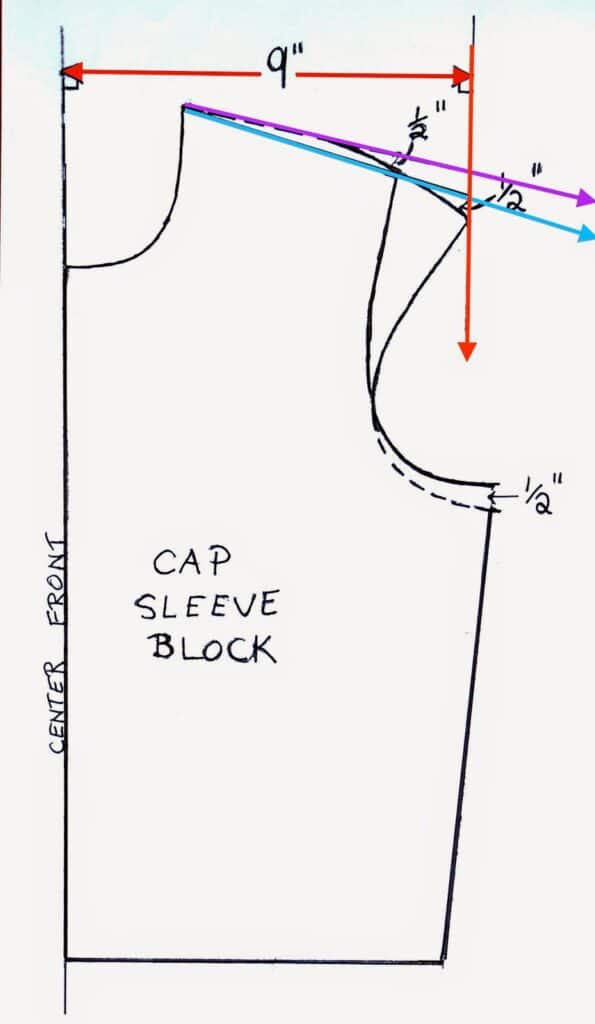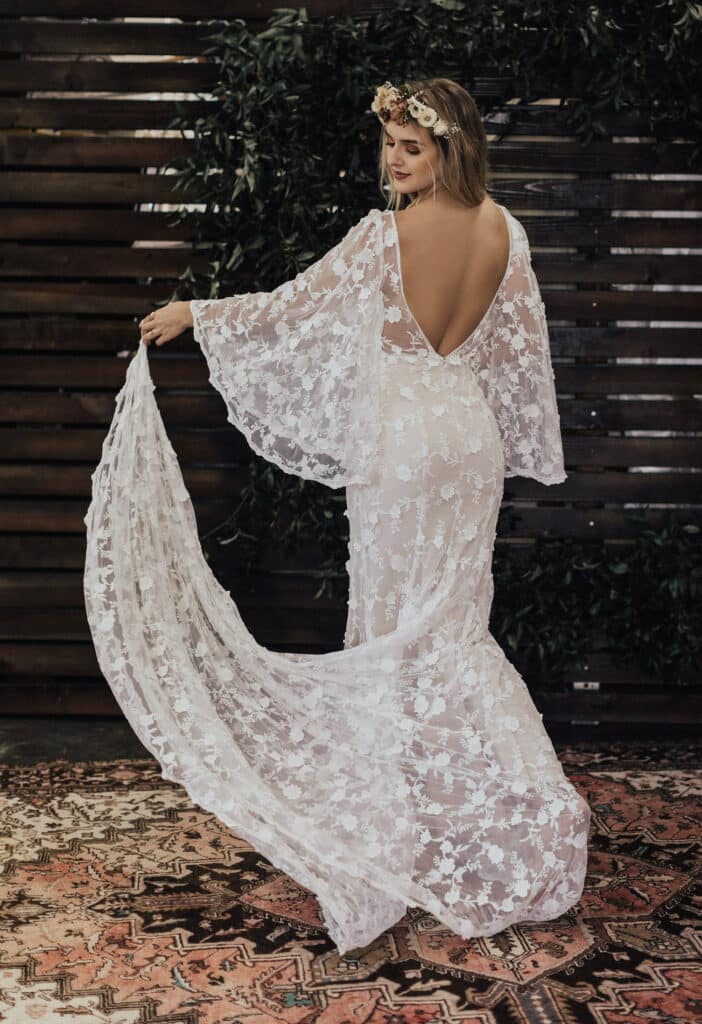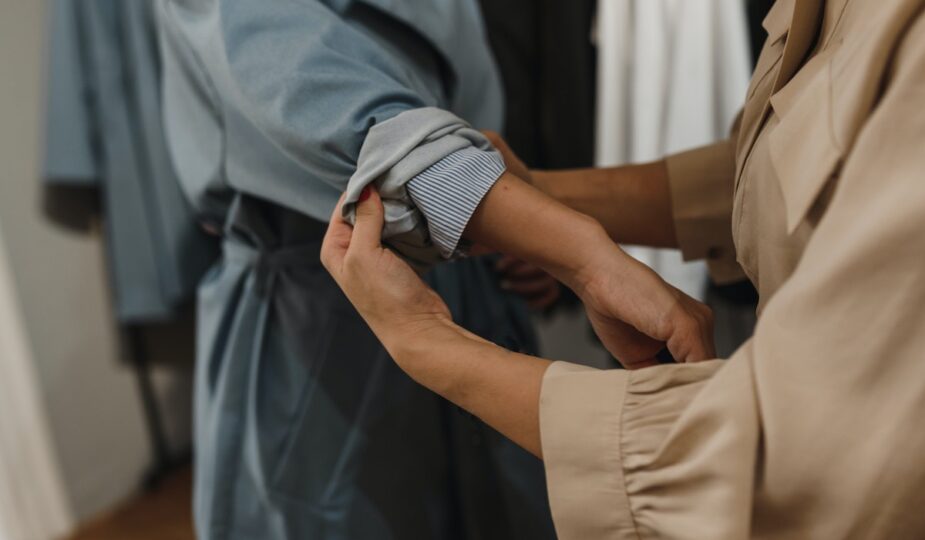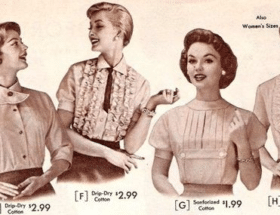Research suggests that humans have been wearing clothing for 120,000 years. Throughout that time, there have been many changes, but we can see clear through-lines between clothing that's hundreds of years old and current clothing.
For example, sleeves.
Sleeves may not have existed forever, but we can see various types of sleeves on older pieces of clothing. Sleeves keep us warm, protect our skin from the sun, and so much more.
We're here to talk about a few of the most common types of sleeves. Read on to learn more.
Cap Sleeves
Cap sleeves are incredibly common, and they're often used as sleeves for t-shirts.
These sleeves go over the caps of the shoulders but taper in under the arm so there's no extra fabric on the undersides of the arms.
Some shirts or dresses with cap sleeves have wide necklines so the sleeves look almost as though they're on their own, barely connected to the actual top or dress.
This is perhaps the most flattering way to use cap sleeves, and some designers create their cap sleeves in such a way that they can go down across the shoulders instead as an alternative wearing style.
Other tops and dresses are more conventional with standard necklines that fully attach to the set-in sleeves.

There's no right or wrong way to do this.
Balloon Sleeves or Puff Sleeves
Puff sleeves and balloon sleeves are actually the same thing. Most people use these terms interchangeably, or they use "balloon sleeves" to refer to more extreme puff sleeves. Either way, they're both sleeves that "puff out" and have plenty of volume around the arm.
Often, these sleeves will have elastic around the top and bottom so the fabric can scrunch up and hold its shape. This is what gives balloon sleeves and puff sleeves their soft and puffy appearance.
They're common in children's dresses, but there are plenty of adult shirts and dresses with puff sleeves as well. They have a distinctly "cute" appearance, making them more common sleeves on dresses than on tops. They work well with either tight bodycon dresses or looser and poofier dresses.
While most puff or balloon sleeves are tight on both the top and the bottom, some are loose at the top and actually go off of the shoulders. These tend to have a less fluffy and puffy appearance, but they're still puff sleeves.
Medieval Sleeves
Medieval sleeves are actually several different types of sleeves that you may see on medieval-style costumes.
They bear some resemblance to genuine sleeves on garments worn during medieval times.
The main two categories of medieval sleeves are peasant sleeves and trumpet sleeves (sometimes known as bell sleeves).
Of course, in real life, there were many different sleeve styles that people created during the medieval period, but these are the sleeves that we associate with that time now.
Here's a quick breakdown.
Peasant Sleeves
Peasant sleeves are loose, soft, and flowy. They must be made from fabric that' soft and flows easily. Stiff fabric won't have the same effect.
These sleeves are comfortable and, when made with the right material, they can be quite cool and airy even if the weather is warm. In other words, they should have sufficient airflow.
A peasant sleeve tends to have some "puff" to it, but these sleeves aren't quite as fluffy as traditional puff sleeves. They can be either long or short. Short peasant sleeves are often paired with tight lower-arm sleeves to form "Juliet sleeves."
Sometimes "peasant sleeves" is used interchangeably with "bishop sleeves." Bishop sleeves are puffier and they always end in a tight wrist (generally made from elastic). The bottoms of the sleeves are wider to create the appearance of slimmer shoulders.
These are also known as "hippie sleeves" as they were popular during the 1960s and 1970s amongst people involved in "hippie culture."
Trumpet Sleeves

Some people refer to trumpet sleeves as bell sleeves. Like a bishop sleeve, this sleeve is tighter at the top and fans out at the bottom.
Unlike a bishop sleeve, there's no elastic or band around the wrist, meaning that the sleeve is wide-open.
This is an incredibly elegant look.
Many people use it for Halloween costumes (they're great for medieval royalty costumes, vampires, witches, and more). The sleeves can be as wide as you like, and on the more extreme end of the spectrum, they're quite theatrical.
These sleeves are like bell bottoms for your arms.
Off-the-Shoulder Sleeves
Off-the-shoulder sleeves are, as the name implies, off the shoulders.
Instead of the sleeves covering the shoulders and going down to the arms and hands, the sleeves start on the arms. There are several ways to do this, and several sleeve styles can turn into off-the-shoulder sleeves.
For some tops and dresses with puff sleeves, the sleeves are loose at the stop so the wearer can pull them off of their shoulders or leave them up. The sleeves and the neckline are often on the same level, so the sleeves look good either up or down.
Off-the-shoulder sleeves can also be tight. This tends to be less comfortable, but it's still a functional look. All different sleeve lengths can work with off-the-shoulder sleeves.
Angel Sleeves
Angel sleeves are long, flowy, and super comfortable.
They're similar to trumpet sleeves.
Instead of the end of the sleeve fanning out, like trumpet or bell sleeves, the whole sleeve is wide. It still fans out wider, but there's no point on the sleeve in which it's tight to the skin.
The entire sleeve flows like an angel's wing.
This is another costume-style sleeve that looks quite elegant and a bit over the top. It's great for costumes and wedding gowns, among other things.

What Are Your Favorite Types of Sleeves?
There are so many different types of sleeves! All of them are great in their own way. Which type of sleeve is your favorite at the moment?
Whether you like flowy and elegant angel sleeves, simple cap sleeves, or any sleeves in between, there's always room to experiment with different sleeves on dresses and tops.
At Fashion-Era, we're into all things fashionable. Check out the rest of our site for more fashion finds! learning about vintage dresses.

